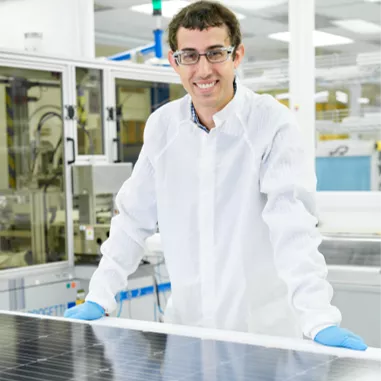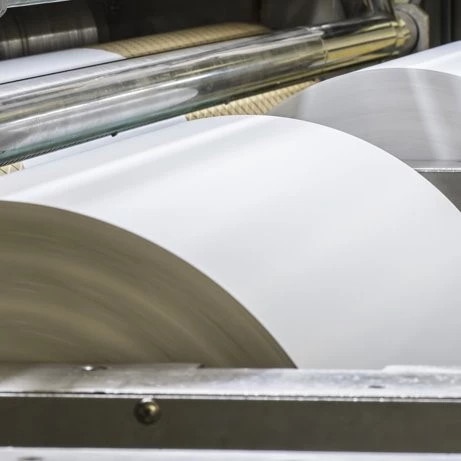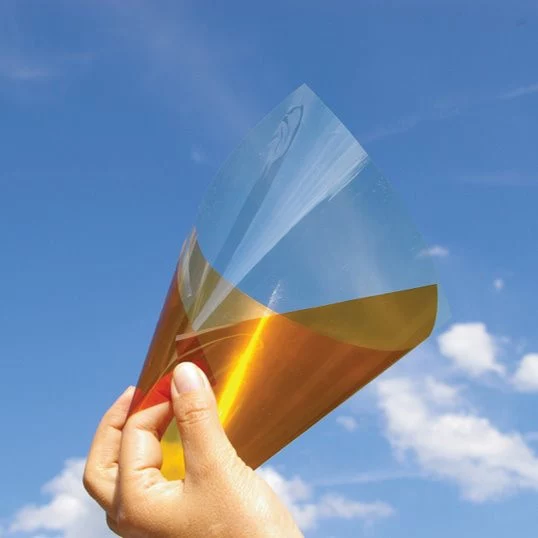Life-Extending Protection for Renewable Energy Production
World Resources Institute data indicates that nearly 32% of total green house gas (GHG) emissions come from the generation of heat and electricity.*
Harnessing abundantly available solar energy to generate electricity is an important tool in reducing GHG emissions that contribute to global climate change. With solar installations increasing in all major world regions, total global solar capacity has reached well over 700 GW.
Photovoltaic (PV) panels are expected to convert sunlight into energy for 30 years or more, but solar panels in the field often experience degradation and other failures that shorten their useful life. Failures reduce their ability to produce renewable energy and impact safety.
*Source: https://www.wri.org/insights/4-charts-explain-greenhouse-gas-emissions-countries-and-sectors
Solution
Tedlar®-based backsheets on solar panel systems are the outermost “layer” for the panel and the first defense for solar cells. In order to protect a panel over its lifeapan of 25 to 30 years, the backsheet must have optimal balance of three critical properties: weatherability, mechanical strength and adhesion.
Tedlar® TPE Backsheet offers protection from UV, thermal moisture, mechanical and chemical stress. The film is more stable under heat and UV exposure than single-sided tie layers.
Click here to learn more about Tedlar®
Impact
Based on the unique function of Tedlar® in installed solar panels, its beneficial effects as a material in helping reducing GHG emissions through renewable electricity production has been estimated:
- 205 GW of solar panels with Tedlar®-based backsheets have been installed across the globe since 2004
- Over 800 million tonnes of avoided CO2 emissions from averting electricity generation from fossil fuels, with over 200 million tonnes of CO2 emissions avoided from PV panels installed in 2020 alone
- 32 million tonnes of CO emissions avoided annually by extending lifetime of PV panels from 15 years to 30 years of operational life (based on capacity installed in 2020)
Spotlight - Protecting wind turbines
Many wind farms are located in areas that experience severe cold weather, sometimes dropping well below 0°F for months at a time. Ice accumulation on a wind turbine blade erodes its aerodynamic performance and can lead to measurement and electrical failures as well as safety hazards.
DuPont Kapton® RS is an electrically conductive polyimide film developed for heating applications where a thin, lightweight, uniform heater is needed. Kapton® RS has the potential to prevent ice accumulation with reliability and safety performance that would otherwise result from electrical systems interacting with harsh conditions and temperature cycling. Kapton® RS is projected to recover up to 80% of icing losses.
Click here to learn more about Kapton®





